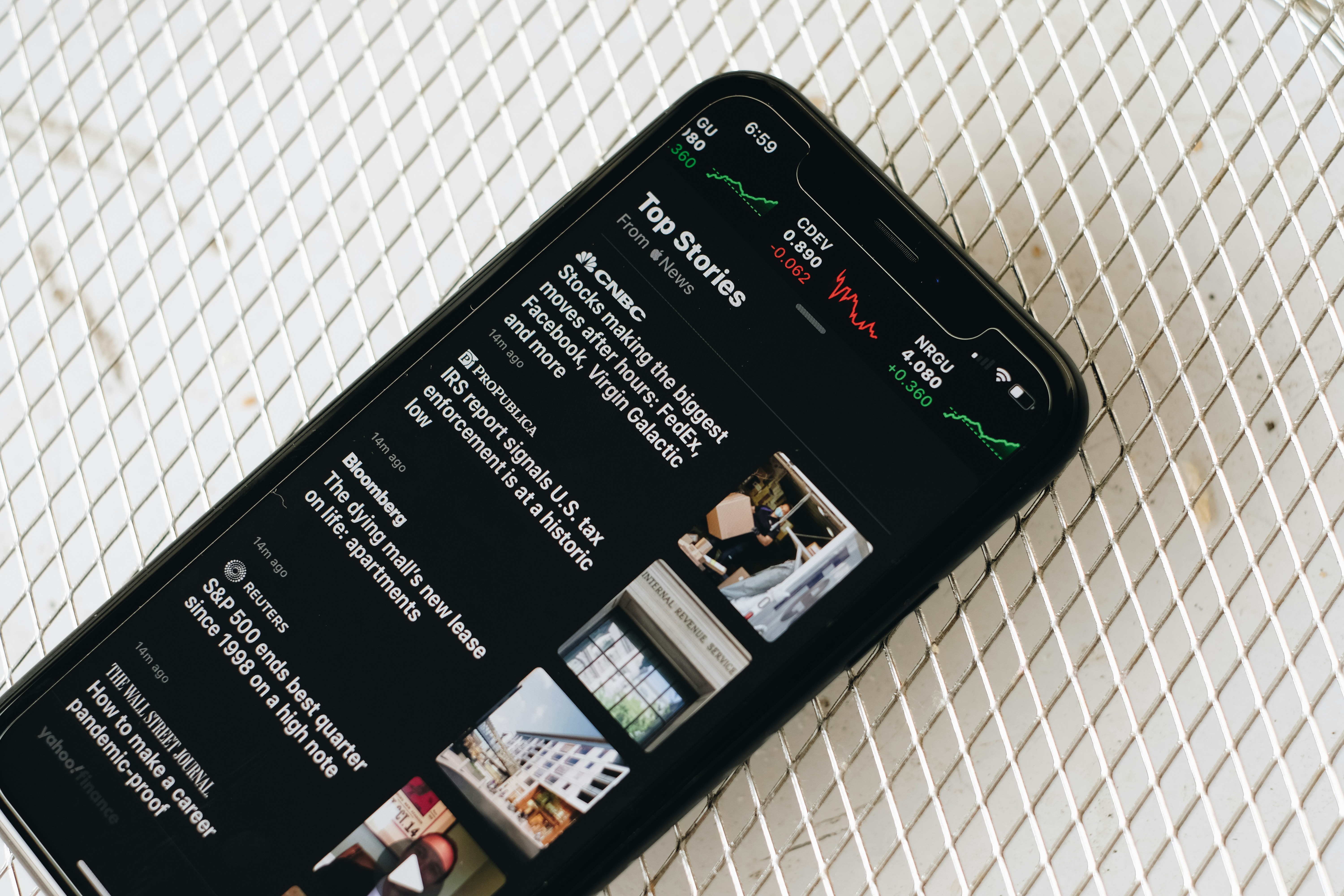
In this blog we will discuss on how ZEMBA is ensuring usage of sustainable fuel in maritime industry
Introduction
ZEMBA vision
ZEMBA’s 2 Tenders
How ZEMBA’s E-Fuel Tender changes the maritime industry
What is E fuel
How E fuel is produced
Benefits of E fuel
Global support for E fuels
Conclusion
Last week ZEMBA announced to open and the tender and accept the bids for E-FUEL container ships.
ZEMBA – Supported by Aspen Institute is tendering for 40 companies handling exports and imports to reduce approx. 0.5 million tone of Greenhouse Gas emission. These 40 companies mostly include big shots like Amazon, IKEA etc.
Detailed analysis -
ZEMBA - Zero Emission Maritime Buyers Alliance, is a consortium of Ocean Freight buyers of approx. 40 companies and this number will keep on increasing. It’s a non-profitable organization founded in Mar’ 2023 with support of Aspen Institute at Washington.
ZEMBA vision -
To change the international maritime sector so that
Zero Emission marine fuels and technology reaches a level where its commercially affordable and can be utilized at all levels.
Greenhouse Gas emission for maritime industry to be Zero by 2050.
ZEMBA’s 2 Tenders
First tender was issued in Sept’ 2023 for buying Ocean freight for 6,00,000*20’ containers and other activities to reduce approx. 1 million Metric tonne of Greenhouse Gas emission. This tender was won by Hapag Lloyd.
Second tender’s Request for Proposal has been issued recently and the deployment will be done from 2027. It focuses mainly on e-fuel usage. This will include movement of approx. 1.25 million*20’ containers across Pacific Ocean.
How ZEMBA’s E-Fuel Tender changes the maritime industry
Competition between shipping lines can be seen to get through, which is a positive sign to put the efforts for a sustainable carbon neutral shipping solutions and decarbonization of shipping and maritime industry.
What is E fuel
E fuel or Electro fuels are fuels manufactured through renewable energy, water and Carbon Dioxide. It’s a clean fuel and a substitute for fossil fuels / conventional bunker used in ships.
How E fuel is produced
Hydrogen(H2) is created from water through Electrolysis
Carbon Dioxide (CO2) is captured from atmosphere
The Hydrogen and Carbon Dioxide are combined through chemical reactions to create hydrocarbon fuels like e-methanol, e-diesel etc.
Benefits of E fuel
Zero emission of CO2 – As the CO2 released in the atmosphere was captured from the atmosphere thus it brings neutrality.
Viable options to store to E fuel
E fuels can be used with present generation machines
Though It is costly
Global support for E fuels
In European Union - E fuels are included in Renewable energy directives and there are mandatory rules of using it in few sectors
Initiatives taken by ZEMBA
Different industry (like automobiles) and companies (like BMW) are working to start using e fuel.
Conclusion
As per ZEMBA, shipping lines emit approx. 1 billion ton of Greenhouse Gas annually. Like other organizations ZEMBA is not only making discussion but also bringing a reliable commitment on the table to be contracted and executed. Its one of the first of its kind to fight Greenhouse Gas emission in the maritime industry, which is raising concern on global climate challenges and solving it on the table even after paying extra cost. If this small change becomes a part of all contracts, then the output will be inspiring for other industries to follow.
From maritime sector we all should push these changes and extend support to ZEMBA and be aligned with the future of maritime industry with sustainable fuels.
Popular Posts
Explore Topics
Comments








